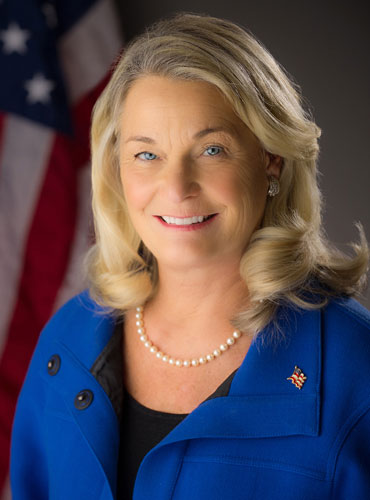Statement of Commissioner Ann Marie Buerkle on Promulgation of a Mandatory Standard for Infant Slings
I voted against the mandatory standard for infant slings because it is likely to ruin dozens if not hundreds of law-abiding small businesses without preventing any deaths or significant injuries.
We have just witnessed the inauguration of our forty-fifth President. This is not the time to pile on more regulation, particularly when the benefits (if any) are minimal.
In addition, the chairmen of our House and Senate authorizing Committees wrote to our Chairman after the fall elections, asking him “to avoid focusing attention and resources in the coming months on complex, partisan, or otherwise controversial items that the new Congress and new Administration will have an interest in reviewing.” We should not have ignored this plea from Congressional leaders.
The mandatory standard for slings is precisely the type of controversial action that the CPSC Chairman was asked to avoid. To begin with, our own staff has concluded that this standard will have a significant adverse impact on a substantial number of small businesses. In my three years as Commissioner, this is the only rule where the staff has made such an affirmative determination, and I understand it has happened only a very few times in CPSC’s entire history.
These costs could possibly be justified if the safety benefits of the standard were very substantial, but that is not so. The primary hazard associated with slings results from mispositioning of infants inside the sling. CPSC staff was unable to devise performance or testing requirements that would ensure slings are designed to prevent this hazard. Instead, the standard approved by the majority merely requires a warning label. While I certainly favor efforts to educate caregivers about the positioning hazard, we can do that without promulgating a mandatory standard.
In addition to the unavoidable high costs and low potential benefits, there is a serious legal question as to whether the products to be covered by this standard properly belong to the class of “durable infant and toddler products.” Section 104(f) of the Consumer Product Safety Improvement Act of 2008 (CPSIA) contains a basic definition of the term and a list of twelve product classes that are included. It does not expressly mention slings. A few years ago, the Commission promulgated a rule requiring product registration cards for durable infant and toddler products, and it added slings to the category for purposes of that rule. That regulation did not involve the disproportionate costs imposed by the standard as in this case, and the issue could certainly have been revisited once these costs became apparent. Indeed, in the preamble, the Commission candidly admits that it considered exempting wraps and certain other all-fabric carriers from the regulated class.
For most sling makers, the most significant costs of the standard will be related to third-party testing. Some of the tests are destructive, meaning that representative samples of the product must be sacrificed to the testing process. Imagine how vexing it would be to weave a beautiful wrap by hand and then, instead of selling it for a hard-earned profit, turn it over for destructive testing. Doing so would be all the more painful when one realizes that to date no wraps have failed the strength testing performed by CPSC staff.
Unfortunately, once the mandatory standard becomes effective, all slings will have to be certified, based on testing by an approved third-party laboratory. This is true even for the smallest sling makers because Congress did not allow a “small batch” exemption for section 104 standards as it did for most other standards. By insisting that all slings be classified as durable nursery products, therefore, the Commission also eliminates that avenue of relief.
In sum, I see many reasons to regard this rule as “controversial,” and I think it should have been put on the back burner as Congressional leaders requested. I would gladly make a determination that this product class is not covered by section 104, but I am aware that the Commission majority does not agree. Nevertheless, there is no exigency that required us to mandate this standard right now. Section 104 requires us to promulgate standards at a relatively rapid clip (two every six months), but it doesn’t specify which ones. This standard should be at the absolute bottom of the list.
Deferring consideration of this standard would not have precluded the staff from dealing with any specific sling models that pose an unreasonable risk to consumers. The staff retains the ability to seek a recall in appropriate cases. In their letter to us, the House and Senate Chairmen recognized as much when they said “we expect and encourage the Commission to continue its routine product safety enforcement on behalf of American consumers.”
I wish that section 104 gave us more flexibility than it does, but I think we could have exercised our discretion to avoid some of the problems that will result from promulgating this standard. At the very least, where the consequences of the rule are so severe and the safety payoff so slight, we should never have put this rule ahead of others in the queue.


